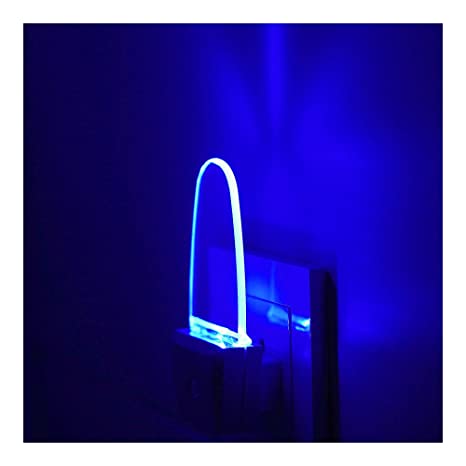The Basics of LED Dimming: An Introduction
Understanding LED dimming techniques starts with grasping the basics of how LEDs function. Unlike traditional incandescent bulbs, LEDs don’t use a filament. They work by passing an electrical current through a semiconductor, which then emits light. Dimming in LEDs is achieved by manipulating this current. However, not all LEDs are inherently dimmable, so it’s essential to ensure that both the LED fixture and the dimmer switch are compatible. This compatibility is crucial for effective dimming and to prevent issues such as flickering or reduced lifespan of the LED.
Types of LED Dimming Technologies
There are several LED dimming techniques, each with unique mechanisms and applications. The most common are phase-cut dimming, which includes both leading-edge and trailing-edge dimming, and PWM (Pulse Width Modulation) dimming. Phase-cut dimming involves cutting a portion of the voltage waveform, either at the beginning or the end, which reduces the power the LED receives. PWM dimming, on the other hand, switches the LED on and off at a high frequency, which adjusts the brightness by changing the duration of the light being on versus being off. Understanding the different types of dimming technologies is essential for selecting the right dimming solution for your LED lighting needs.
The Importance of Dimmer Compatibility
Compatibility between the LED light and the dimmer is a critical aspect of LED dimming techniques. Not all dimmers work with all types of LED lights. The dimmer and the LED driver must be able to communicate effectively to control the light output without issues. It’s important to check the specifications of both the LED fixture and the dimmer to ensure compatibility. Incompatible pairings can lead to problems such as flickering, buzzing, or even failure of the LED light. When selecting a dimmer, look for one that is specifically designed for use with LEDs.
Advantages of Dimmable LED Lighting
Dimmable LED lighting offers several advantages, making it a preferred choice for many lighting applications. One of the main benefits is energy efficiency. Dimming an LED reduces its power consumption, leading to energy savings and lower utility bills. Additionally, dimmable LEDs provide enhanced control over the lighting ambiance, allowing for adjustments in brightness to suit different moods and settings. This flexibility makes dimmable LEDs ideal for a variety of environments, from homes to commercial spaces.
Challenges and Solutions in LED Dimming
While LED dimming technology has advanced significantly, there are still challenges to be addressed. One common issue is flickering, which can occur due to incompatibility between the dimmer and the LED or insufficient load on the dimmer. Another challenge is achieving a low-end dimming range without the light dropping out or flickering. Solutions to these challenges include using high-quality, compatible dimmers, ensuring adequate load, and opting for LEDs with built-in dimming capabilities. Manufacturers continue to innovate to solve these issues, enhancing the performance and reliability of LED dimming systems.
The Role of Smart Lighting in LED Dimming
Smart lighting technology has revolutionized the way we control and interact with light, and this extends to LED dimming. Smart LED lights can be dimmed and controlled remotely using smartphones, tablets, or voice-controlled assistants. This technology offers unprecedented convenience and flexibility, allowing for easy adjustments and scheduling of lighting according to personal preferences or activities. Smart LED dimming systems can also be integrated into broader home automation systems, contributing to an intelligent, energy-efficient, and customizable home environment.
Embracing the Future of LED Dimming
The world of LED dimming techniques and technology is continually evolving, offering more advanced, efficient, and user-friendly solutions. Understanding these technologies is key to maximizing the benefits of LED lighting. Whether it’s through energy savings, enhanced ambiance, or integration with smart home systems, LED dimming plays a vital role in modern lighting. As technology advances, we can expect even more innovative and effective solutions to emerge, further enhancing our lighting experiences.






